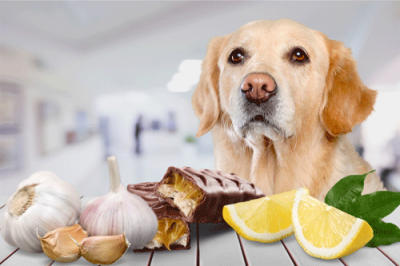 When dining with friends and family, sometimes we feed our pets under the table to share our delicious meal. It seems cute to watch them beg for a scrap or two but this can often do more harm than good. Table scraps usually consist of leftover food that we will not eat such as fat or grease from meat, animal bones, and animal skin. Food with a high fat or sugar content can cause obesity and other health problems for your pet.
When dining with friends and family, sometimes we feed our pets under the table to share our delicious meal. It seems cute to watch them beg for a scrap or two but this can often do more harm than good. Table scraps usually consist of leftover food that we will not eat such as fat or grease from meat, animal bones, and animal skin. Food with a high fat or sugar content can cause obesity and other health problems for your pet.
Sadly, the percentage of overweight pets in the United States is growing at a high rate. It is estimated that 54 percent of pets in the United States are overweight or obese. Why are these alarming statistics so high and how did it happen?
Causes of Obesity – Diet and Exercise
While there are instances of weight gain due to medical conditions or as a side effect of various medications, the most common culprits are excess food and lack of exercise. These are the same reasons for human obesity, the main difference is that a dog has little control over its level of exercise and food intake. Over time, more and more dogs are living sedentary indoor lives with little exercise.
Too much food is the other culprit. Active dogs will always require more food than inactive ones, so food intake must be monitored. Also, food should always be measured. Don’t free feed your dog or have an endless bowl policy. Treats, goodies, supplements, and chewing bones count as dietary intake and add calories and fat to your dog’s diet. Speak with Charles Whitworth, M.D. and his staff about your dog’s feeding recommendation and ideal weight to keep them happy and healthy.
Dr. Whitworth can determine the appropriate weight for your dog by feeling the its ribcage and examining the waistline and stomach. All pets should have a clearly defined natural waistline or tuck that occurs immediately behind the ribcage. There shouldn’t be any hanging waistline either. Instead, the belly-side of a dog should lie against the body. Feeling a dog’s ribcage is one of the best indicators of condition. If you can’t feel a dog’s ribs at all, he is most definitely overweight! Ribs can be covered in fat, so ribs that can’t be detected are wrapped in layers of fat. A dog’s ribs should be able to be felt, but not excessively.
Obesity and the Consequences
A few extra pounds might not seem like a lot, but unfortunately, the costs to the dog add up. There are a whole myriad of issues that can arise, many of them similar to what humans experience. The difference is: 15 extra pounds on a dog is not similar to 15 pounds on a person. The effects are greatly enhanced in dogs.
Overweight dogs can experience a range of issues such as lethargy, exercise intolerance, exhaustion, difficulty breathing, stiff and sore joints, difficulty walking or navigating obstacles, reduced interest in play, heart problems, diabetes, and various other serious medical conditions. It took time for your dog to become fat so it will take time for it to lose the weight.
Lifestyle and Dietary Changes
Dr. Whitworth suggests making the following lifestyle changes to help your dog get back on track:
- Reduce your dog’s daily food intake a little at a time. For example, if you feed 1 cup of food a day, reduce by just ¼ cup.
- Add in other items that are filling but low calorie. Vegetables make a great chew item that is both nutritious and low calorie. Try carrots, green beans, or sweet potatoes.
- No table scraps! Try to keep a journal of what your dog is eating each and every day to make sure no extras are making their way into the diet.
- If working on obedience training and needing to use treats, try low calorie choices like veggies, Cheerios or use the dog’s daily food ration along with a few pieces of freeze-dried liver.
- Slowly introduce exercise. If your pet is morbidly obese, you might have to reduce some weight through food first and then add in exercise. If exercise is difficult, try contacting a pet physical therapist about water based therapy. An underwater treadmill provides great exercise but is much easier on the dog’s body.
With a full service facility, Dr. Whitworth provides veterinary services to pets from Madison, Huntsville, and the surrounding Madison County areas. Located at the corner of Rainbow Drive and Highway 72 in Madison, Whitworth Animal Clinic is a premier veterinary clinic that offers high quality care and personalized service. For guidance on nutritional standards for your pets, contact Dr. Whitworth or his staff at Whitworth Animal Clinic in Madison, AL. Call (256) 830-1503 for more information.


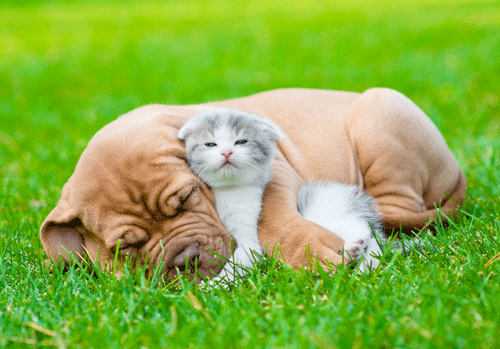
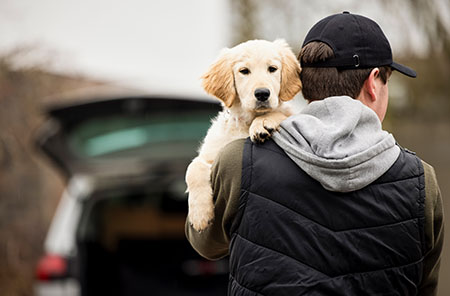
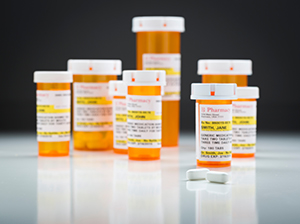
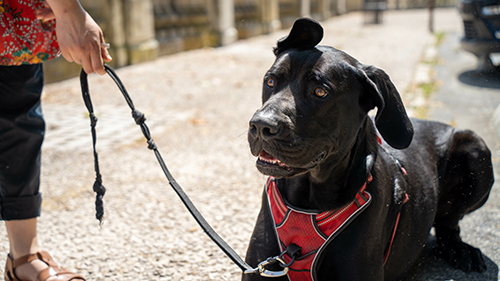
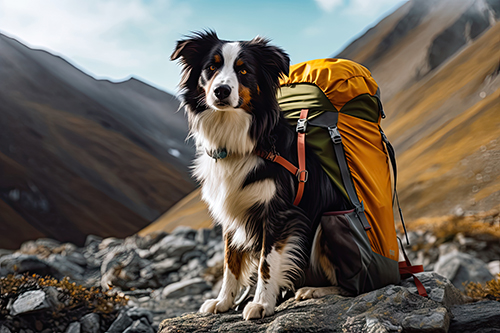
Leave A Comment